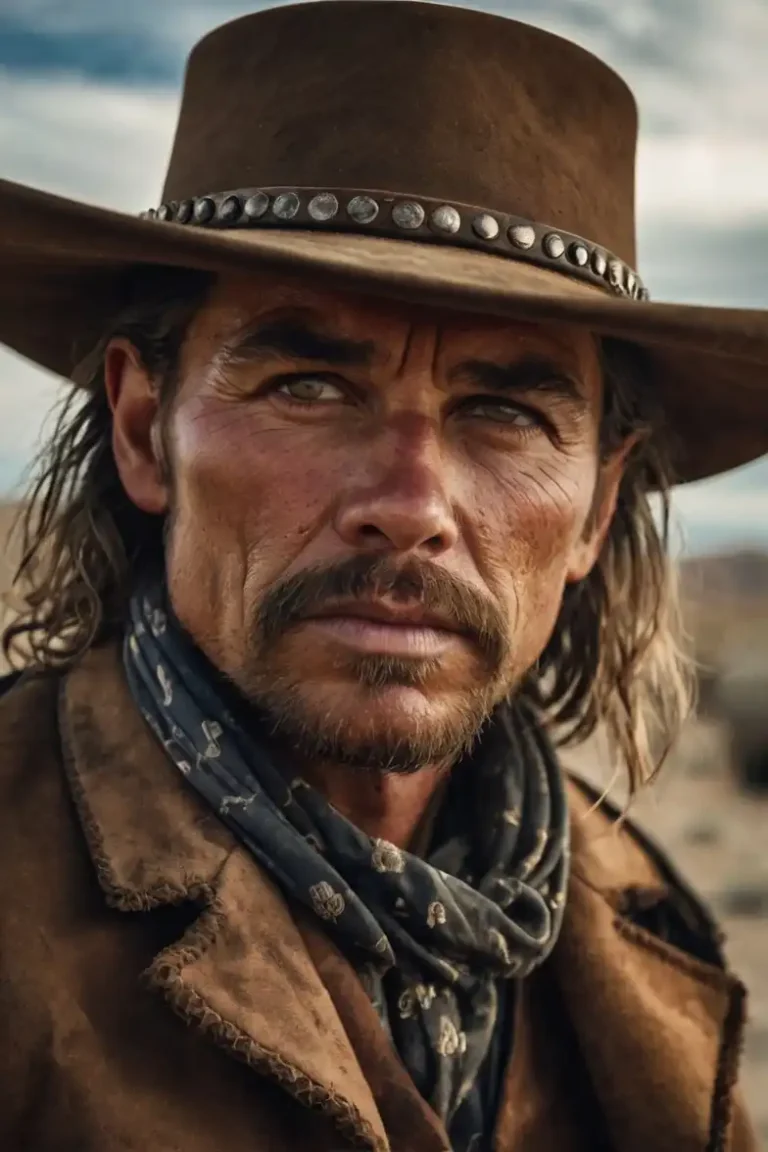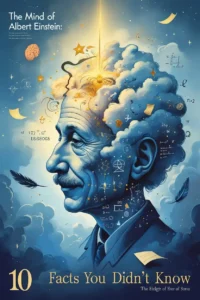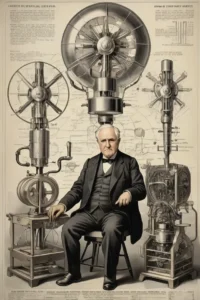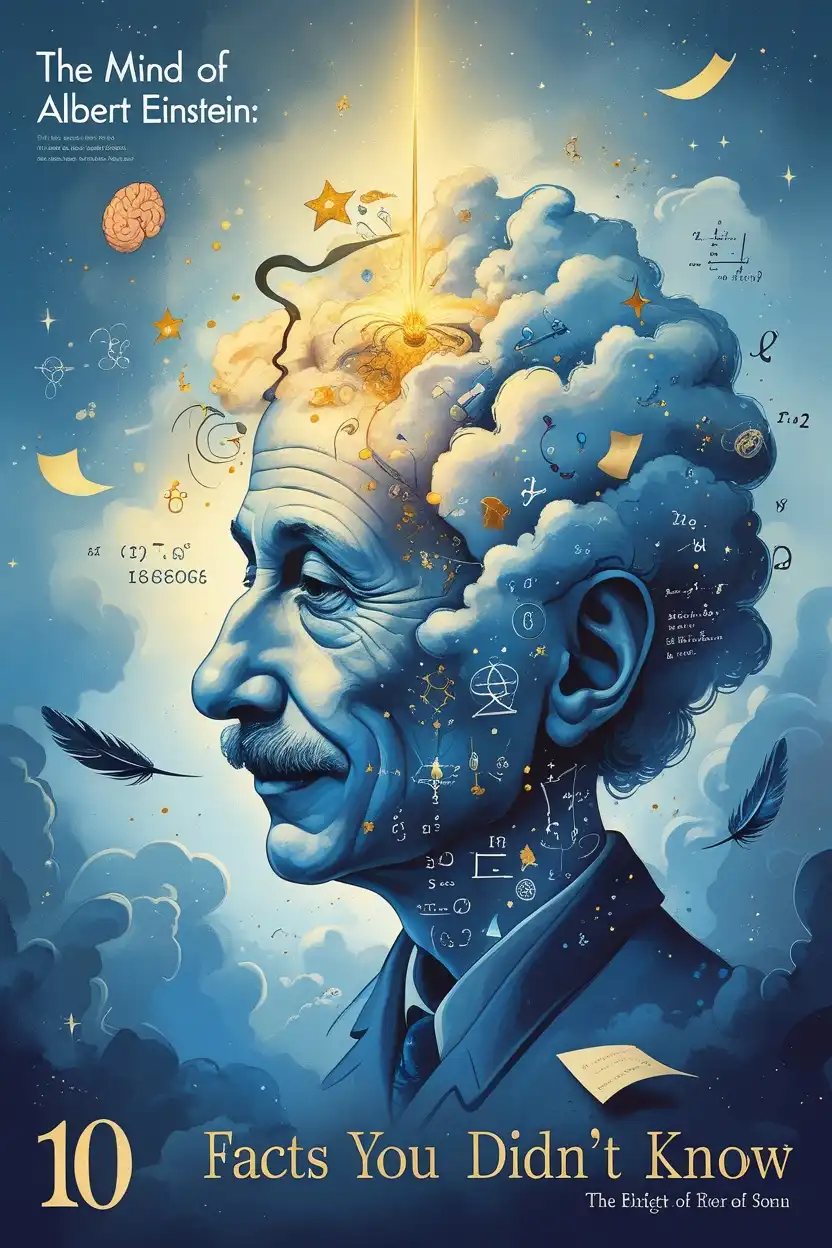The Wild West, a time of untamed frontiers, rugged landscapes, and lawless towns, has long captured the imagination of storytellers and historians alike. Among its most compelling figures are the outlaws—rebels, bandits, and gunslingers who defied authority and often became legends in their own right. But how much of what we know about these infamous characters is rooted in fact, and how much is a product of myth-making? Let’s dive into the fascinating world of the Wild West outlaws and explore the myths and legends that surround them.
The Rise of the Wild West Outlaws
The era of the Wild West, roughly spanning from the mid-19th century to the early 20th century, was marked by westward expansion, gold rushes, and frequent clashes between settlers and Native American tribes. During this time, the lack of established law enforcement in many areas created a breeding ground for outlaws.
These outlaws were often products of their environment—former soldiers disillusioned after the Civil War, opportunists looking to strike it rich, or individuals forced into a life of crime by poverty. They robbed banks, trains, stagecoaches, and sometimes even entire towns. Yet, their stories often carried a romanticized air, painting them as rebellious antiheroes rather than mere criminals.
Famous Wild West Outlaws: Fact vs. Fiction
1. Billy the Kid
Perhaps one of the most iconic outlaws in Wild West history, Billy the Kid (born Henry McCarty) was a young gunslinger who reportedly killed 21 men before his death at age 21. However, historians believe the actual number of his victims was closer to 8.
The myth of Billy the Kid was fueled by dime novels and sensationalized newspaper accounts that portrayed him as a charming rogue with a quick draw and a rebellious streak. In reality, he was likely a desperate young man trying to survive in a brutal world.
2. Jesse James
Jesse James and his brother Frank were Confederate guerrillas during the Civil War who turned to robbing banks and trains after the war ended. Jesse’s exploits with the James-Younger Gang made him a household name.
While some saw him as a Robin Hood figure stealing from the rich to give to the poor, there’s little evidence to support this notion. Most of the money stolen by Jesse and his gang went straight into their own pockets. Still, his daring heists and eventual assassination by a member of his own gang cemented his legendary status.
3. Belle Starr
Known as the “Bandit Queen,” Belle Starr was one of the few female outlaws to achieve notoriety in the Wild West. She was accused of horse theft and associating with other criminals like Jesse James and the Younger brothers.
While her reputation as a dangerous outlaw was largely exaggerated by newspapers, Belle Starr’s defiance of societal norms made her a fascinating figure in an era dominated by men.
4. Butch Cassidy and the Sundance Kid
This duo, along with their gang known as the Wild Bunch, became famous for their meticulously planned robberies and ability to evade capture. Butch Cassidy (Robert LeRoy Parker) was known for his intelligence and charisma, while the Sundance Kid (Harry Longabaugh) was reputed to be an excellent marksman.
Their story took on legendary proportions after their supposed deaths in Bolivia, with rumors persisting that they survived and lived under assumed identities.
The Role of Media in Shaping Legends
The myths surrounding Wild West outlaws were often perpetuated by dime novels, newspapers, and later Hollywood films. These media sources exaggerated their exploits, turning them into larger-than-life figures who were equal parts villainous and heroic.
For example, dime novels often portrayed outlaws as noble rebels fighting against corrupt authorities or oppressive systems. This romanticized image resonated with readers who admired their defiance and independence.
Hollywood further solidified these myths through countless Western films that depicted outlaws as charismatic antiheroes with a code of honor. While entertaining, these portrayals often blurred the line between fact and fiction.
The Legacy of Wild West Outlaws
The stories of Wild West outlaws continue to captivate audiences today because they embody themes of freedom, rebellion, and adventure. They represent a bygone era when the rules were still being written, and individuals could carve their own paths—albeit outside the law.
However, it’s important to separate myth from reality when examining their lives. Many outlaws were not noble rebels but rather opportunists driven by greed or desperation. Their actions often had devastating consequences for their victims.
FAQ
Q: Were all Wild West outlaws violent criminals?
Not all outlaws were violent; some focused on theft without resorting to murder. However, many did use violence to achieve their goals or evade capture.
Q: Why are Wild West outlaws so romanticized?
Outlaws are romanticized because they symbolize rebellion against authority and embody the rugged individualism associated with the American frontier. Media portrayals have also played a significant role in shaping their legendary status.
Q: Did any Wild West outlaws reform their ways?
Yes, some outlaws eventually reformed. For example, Frank James (Jesse James’ brother) surrendered to authorities later in life and lived peacefully until his death.
Q: Were there any lawmen who became as famous as the outlaws?
Absolutely! Figures like Wyatt Earp, Bat Masterson, and Pat Garrett became legendary for their efforts to bring justice to the lawless frontier.
The Wild West outlaws remain enduring symbols of an era defined by its untamed spirit and boundless possibilities. While their stories are often shrouded in myth, they continue to inspire fascination and serve as reminders of both the allure and danger of life on the frontier.





